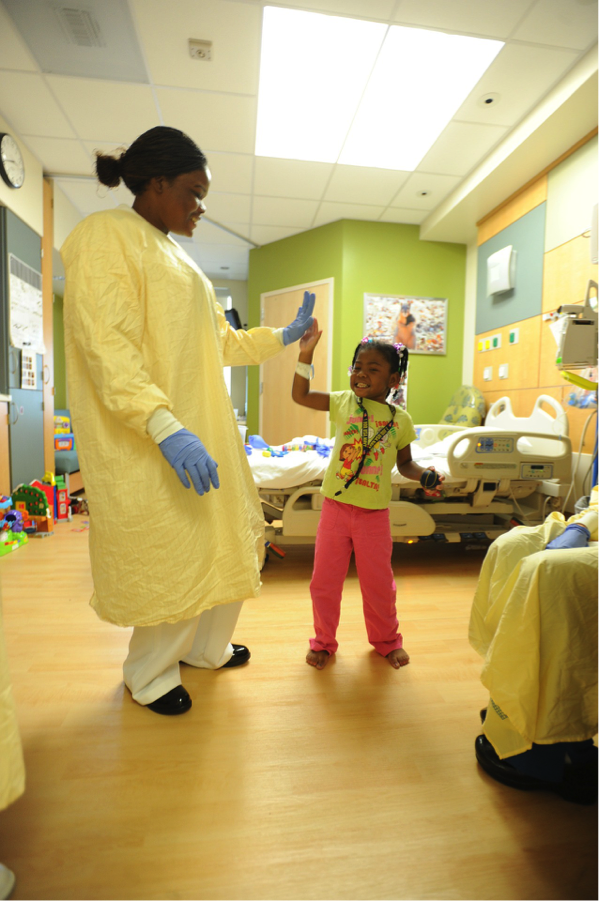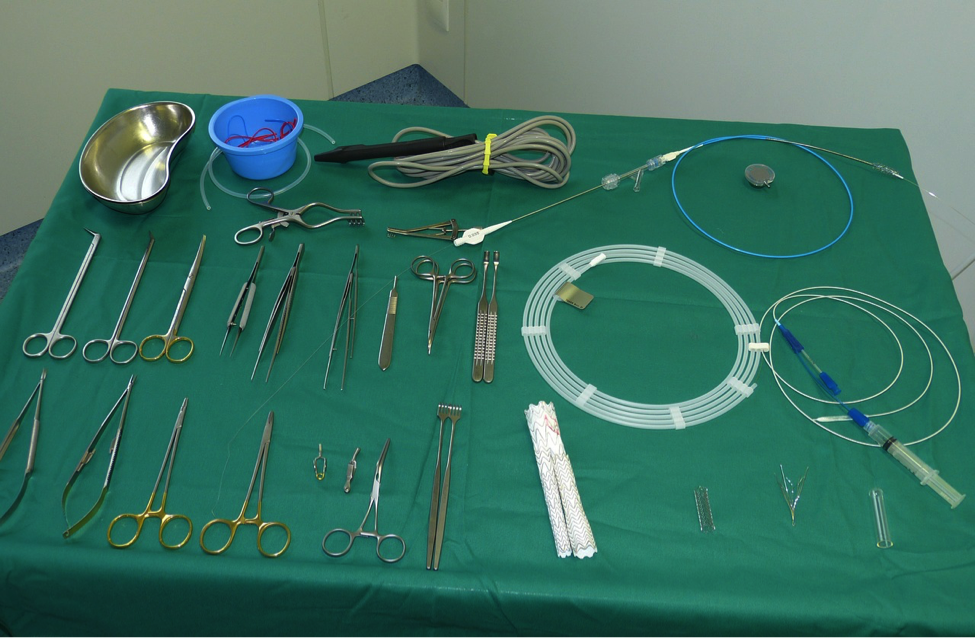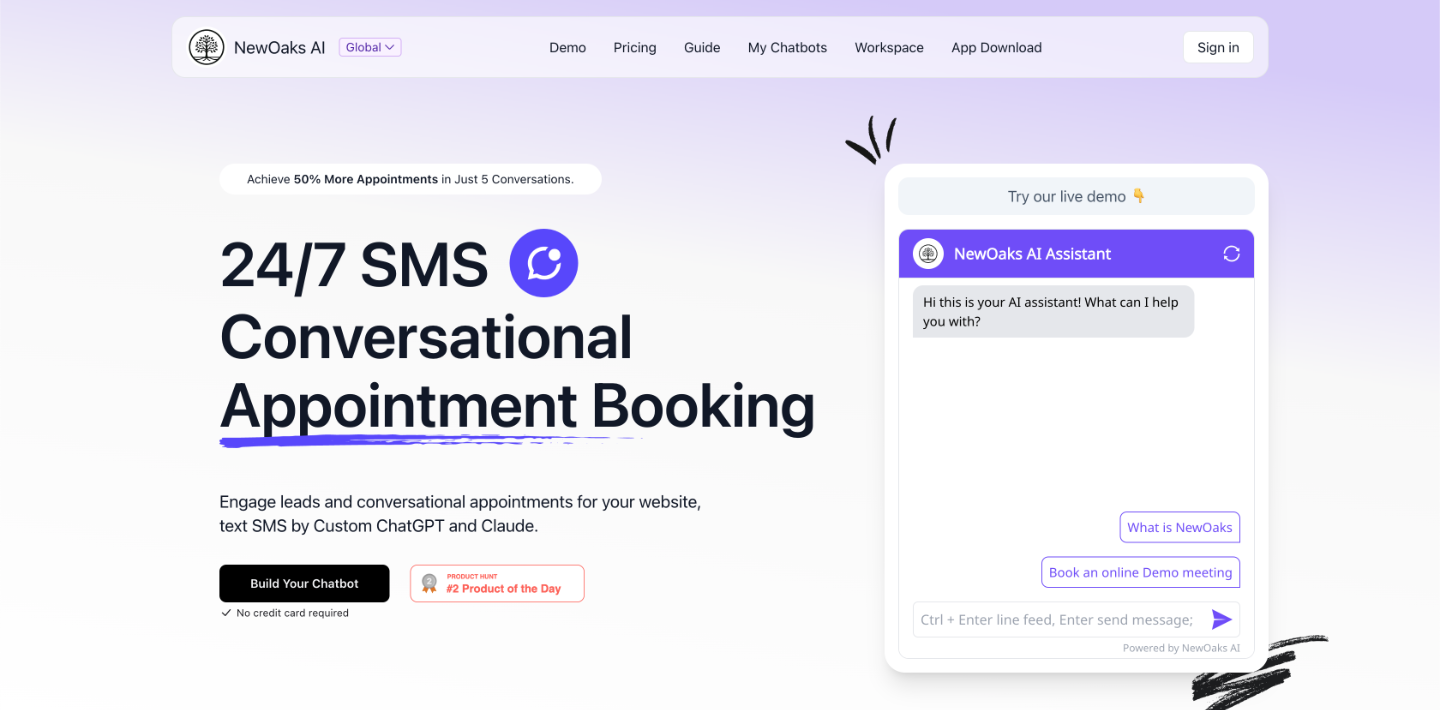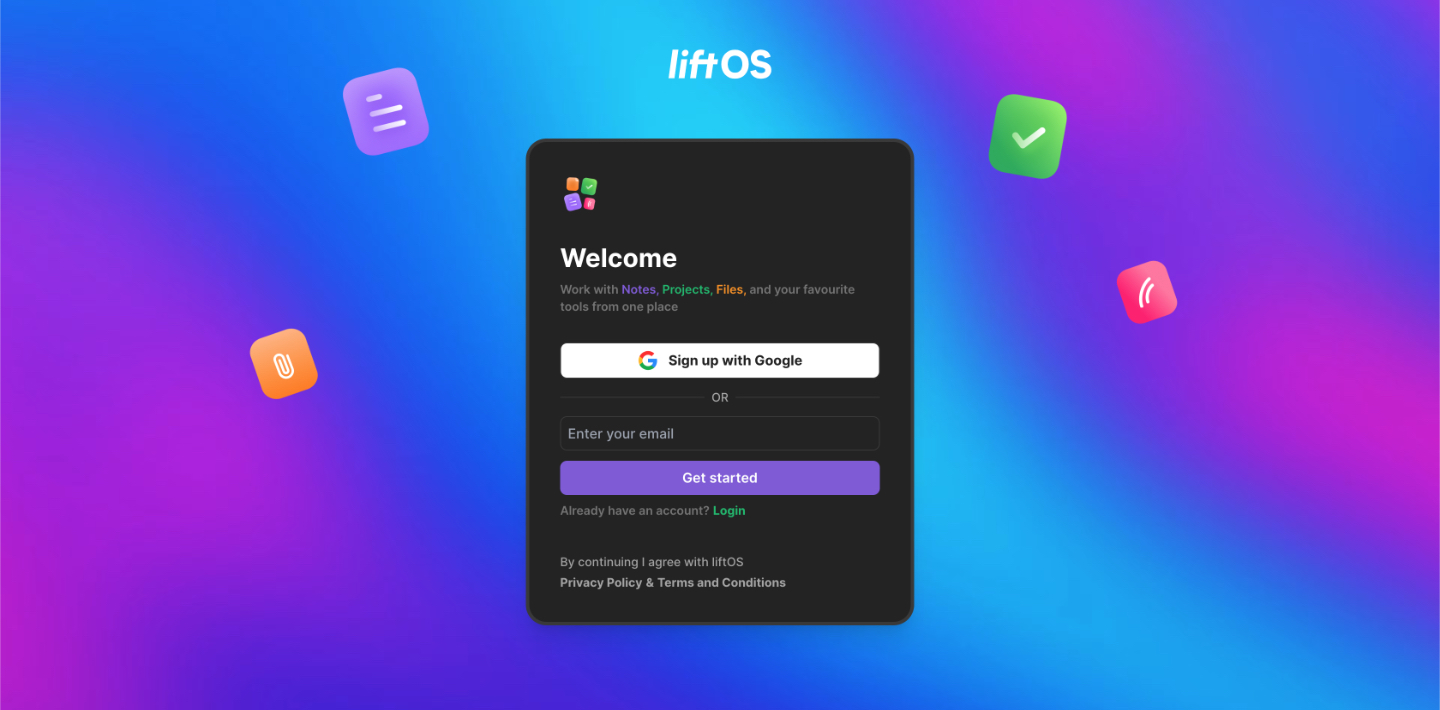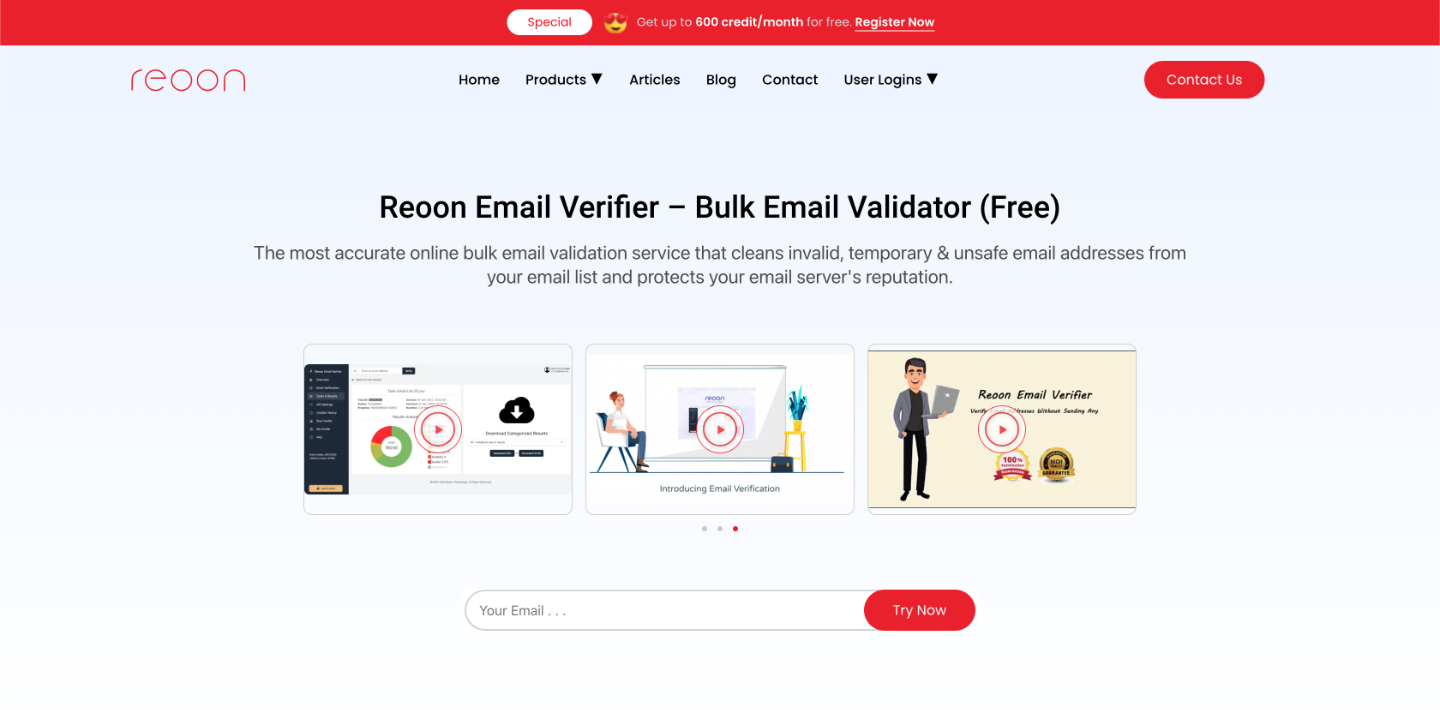In the last decade or so, a number of industries have seen an increased push towards re-centering key industry processes. Engineers have been urged to adopt the tenants of user-centered design. Marketers and web developers have worked together to hone the consumer experience into an elegant, personalized, conversion funnels. We even see the effects of this movement trickling into the realm of medicine in the form of patient-centered care. But what is patient-centered care, really? Is it a trend worth knowing about, or simply a passing fad?
In this article, we’ll help you decide for yourself by filling you in on:
- How patient-centered care as we know it today came to be
- What the basic pillars of patient-centered care are
- The benefits of patient-centered tools and strategies, such as patient shadowing
Patient-centered care can be traced back to terms introduced by the American Academy of Pediatrics in 1967.
A Brief History of Patient-Centered Care
What’s in a name?
The name patient-centered care might be somewhat confusing at first. After all, isn’t all medical care, by definition, oriented around the patient’s needs? While the goal of medical care has always been to alleviate patient suffering, prevent disease, forestall death, and improve quality of patient life, the strategies that medical professionals have used to reach these goals have evolved over the course of medical history.
The name “patient-centered care” refers to care that focuses on understanding and improving the way a patient experiences care in a medical facility. This encompasses a variety of factors, including:
- Interactions with medical staff
- Experience in the hospital environments
- Effectiveness of actual medical care
- Reconciling patient expectation with reality
Where did this idea come from?
This idea that medical care should focus on the experience of the patient is relatively modern. We can trace its origins back to the late 1960s, when the American Academy of Pediatrics (AAP) officially introduced the term “medical home” to describe accessible, family-centered, coordinated, comprehensive, continuous, compassionate, culturally effective primary care facilities.
Patient-centeredness continued to gain momentum in the medical community through the remainder of the 20th century. In 2006, The American College of Physicians (ACP) proposed fundamental changes to the way primary care is approached, publishing The Advanced Medical Home: A Patient-Centered, Physician-Guided Model of Health Care. That same year, the Patient-Centered Primary Care Collaborative (PCPCC) was formed.
From that point, the basic tenets of patient-centered care became more and more widely accepted. In fact, the Patient Protection and Affordable Care Act (ACA) signed into law by Barack Obama on March 23, 2010 even includes numerous provisions that enhanced primary care and medical homes via patient-centered strategies.
Every patient is unique, and patient-centered care seeks to incorporate patients’ unique needs and perspectives into their care to achieve the best result possible.
Patient-Centered Care 101: How It Works
In patient-centered care, the people receiving health and social services are viewed as equal partners in planning, developing, and monitoring their care. Whereas the doctor-patient relationship is traditionally defined as one person possessing the knowledge and the other seeking their guidance, this new model casts both doctor and patient as experts, adding a new dimension to care.
Because each patient is unique, it is difficult to define a set standard of patient-centered care practices. Different organizations may use different terms for the same strategies (in fact, patient-centered care itself can be called anything from family- or user-centered care to individualized or personalized care). However, the overall goal of these strategies is the same: to provide effective medical care that ensures a patient has a positive experience. It is generally accepted that patient-centered care includes elements such as:
- Putting the patient and his or her values and beliefs at the center of care
- Listening to the patient’s expressed needs
- Taking into account a patient’s preferences
- Working with the patient to ensure open communication at all times
- Providing the patient with clear information and education regarding conditions and procedures
- Ensuring the physical comfort and safety of the patient
- Providing emotional support to the patient
- Involving family and friends in care as the patient sees fit
- Making sure continuity exists between medical services
- Ensuring the patient has continuous access to appropriate care
Much like a surgeon needs the proper tools to perform a surgery, you as a researcher need the proper tools to understand the care experience of your patients.
Tools and Strategies for Implementing Patient-Centered Care
A hospital can implement a variety of patient-centered strategies to improve patient safety and happiness. Among the most-frequently recommended patient-centered strategies are:
- Providing patients with access to EHR data and clinician notes
- Prioritizing hospital cleanliness and comfort
- Eliminating preventable harms to the patient
- Simplifying the process of creating appointments
- Encouraging engagement from family, friends, and/or caregivers
A quick Google search for patient-centered care strategies will turn up thousands of additional suggestions. While reading up on all of these strategies is certainly a great way to keep your knowledge of new approaches within the healthcare industry current, it does little to reveal what strategies, if any, are worth implementing in your own hospital. How do you know where to go from here?
Creating Your Own Definition of Patient-Centered Care with Patient Shadowing and GoShadow
If your goal is to develop a patient-centered practice, patient shadowing is an invaluable tool. Patient shadowing is the closest you can get to seeing the care your hospital provides through a patient’s eyes.
Patient shadowing is defined as the direct, real-time observation of patients and their families as they move through their care experience. Whereas other methods of gathering patient feedback– such as surveys or post-care interviews– rely on the patient to remember and report on their experience, patient-shadowing allows them to provide feedback as the care is occurring. What does that mean for you? You gain a more nuanced and authentic understanding of the patient experience, which is exactly what you’re looking for.
GoShadow is a powerful patient shadowing tool that allows researchers to organize, analyze, and report on patient shadowing experiences from a convenient smartphone app. It simplifies the patient shadowing process, making it possible for your team to get more out of your research, pinpoint relevant strategies for improving patient care, and iterate to improve those strategies faster and more effectively.
By simplifying patient shadowing and making it easier to implement patient-centered care strategies, GoShadow facilitates innovation and collaboration in patient care.
While patient-centered care appears to fit within the recent trend toward consumer-centeredness, it is actually a medical philosophy that has been evolving for several decades. Patient-centered care can be implemented in a variety of ways, and we hope that the strategies and tools examined here give you solid foundation upon which to build your own patient-centered care strategy.


